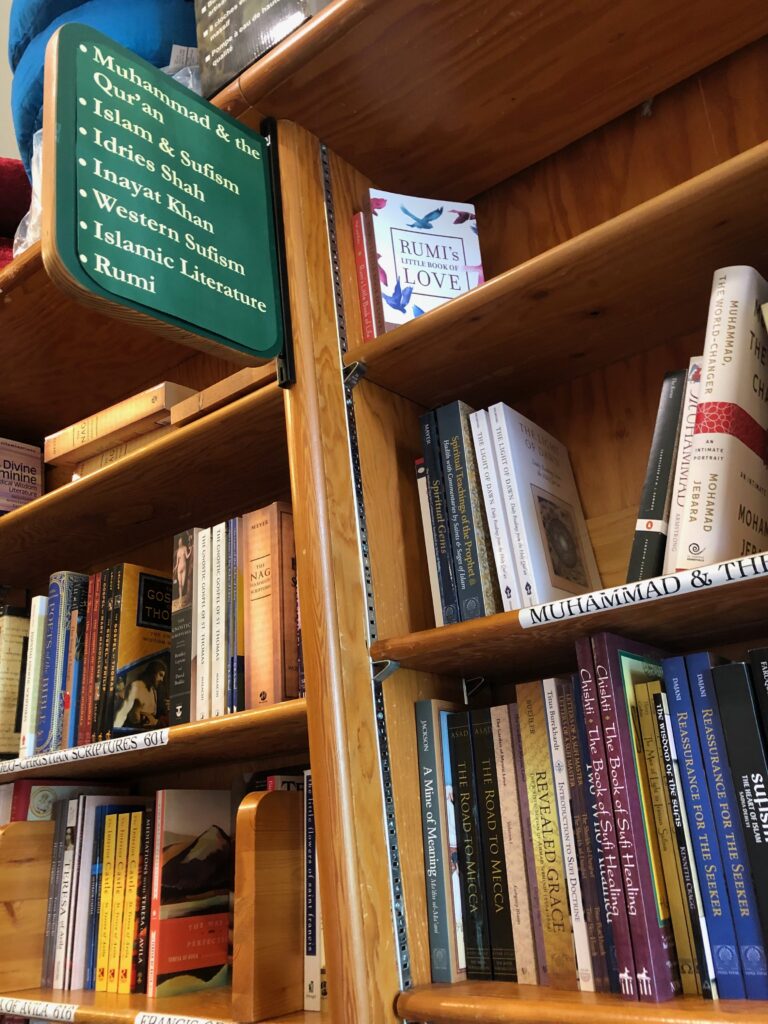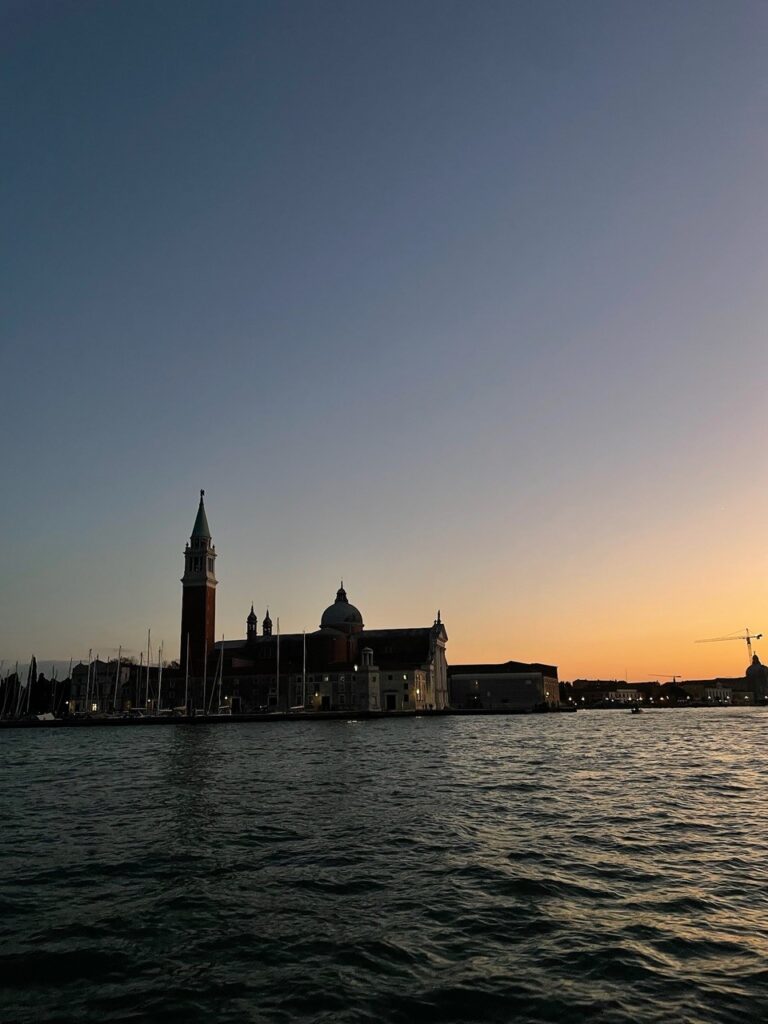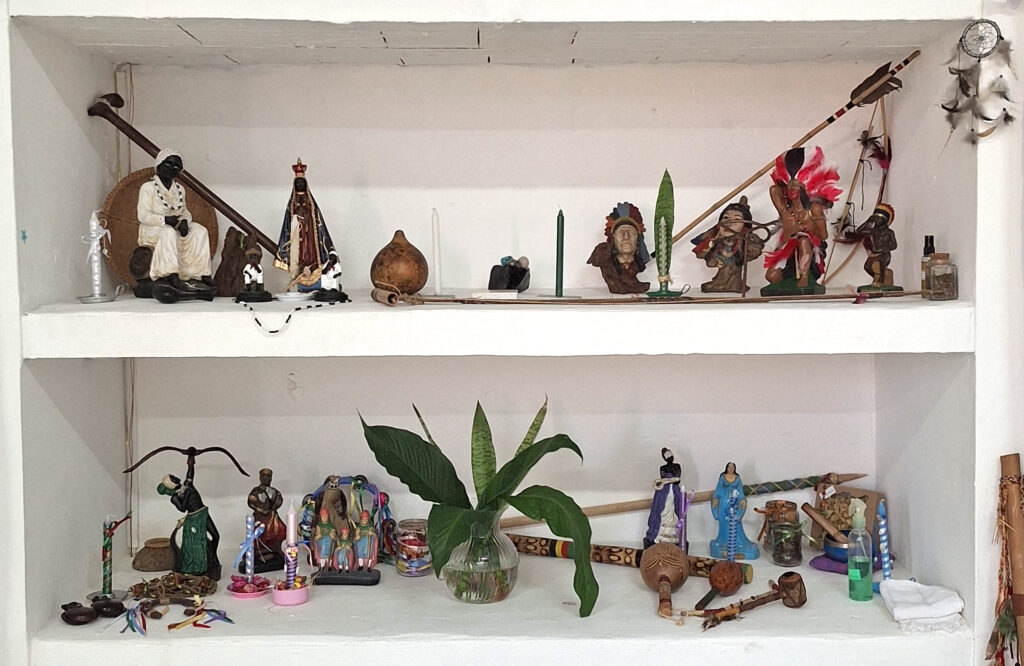Encouraged by the shift in China’s religious rhetoric under the open-door policy, the post-Maoist Islamic revival of the 1980–90s marked the end of a phase of political quietism that had informed expressions of Sino-Muslim identity in earlier decades. As exchange opportunities with the Middle East multiplied, the trans-sectarian unity that the Mao-era (1949–76) had paradoxically contributed to shape was confronted by the global currents of Islamic reform. This resulted in reformminded Muslims pushing against traditional modes of clerical authority, and new sectarian nuances adding to the longsimmering controversy over the credentials of Sufi shaykhs. My project examines how devotional literature in vernacular Chinese became the battlefield where Sufis fought to restore their reputation, thereby proving the legitimacy of their socio-religious institutions and the sainthood of departed shaykhs. It draws on selected texts from the Qadiriyya (qadar, lit. “power”) – the earliest confraternity to put down roots in northwest China – and the Jahriyya (jahrī, “vocal”) – a local offshoot of the Yemeni Naqshbandi tradition – to make a more thorough assessment of contentious Sufi ideas, beliefs and practices, including monasticism, veneration of living shaykhs, the building of shrines in their honor, and the making of their relics object of local pilgrimage.
- By M. Shobhana Xavier Since my arrival at CAS-E, I’ve been provoked by the question of what is (western) esotericism. It’s been only three weeks for me here at the centre,...








